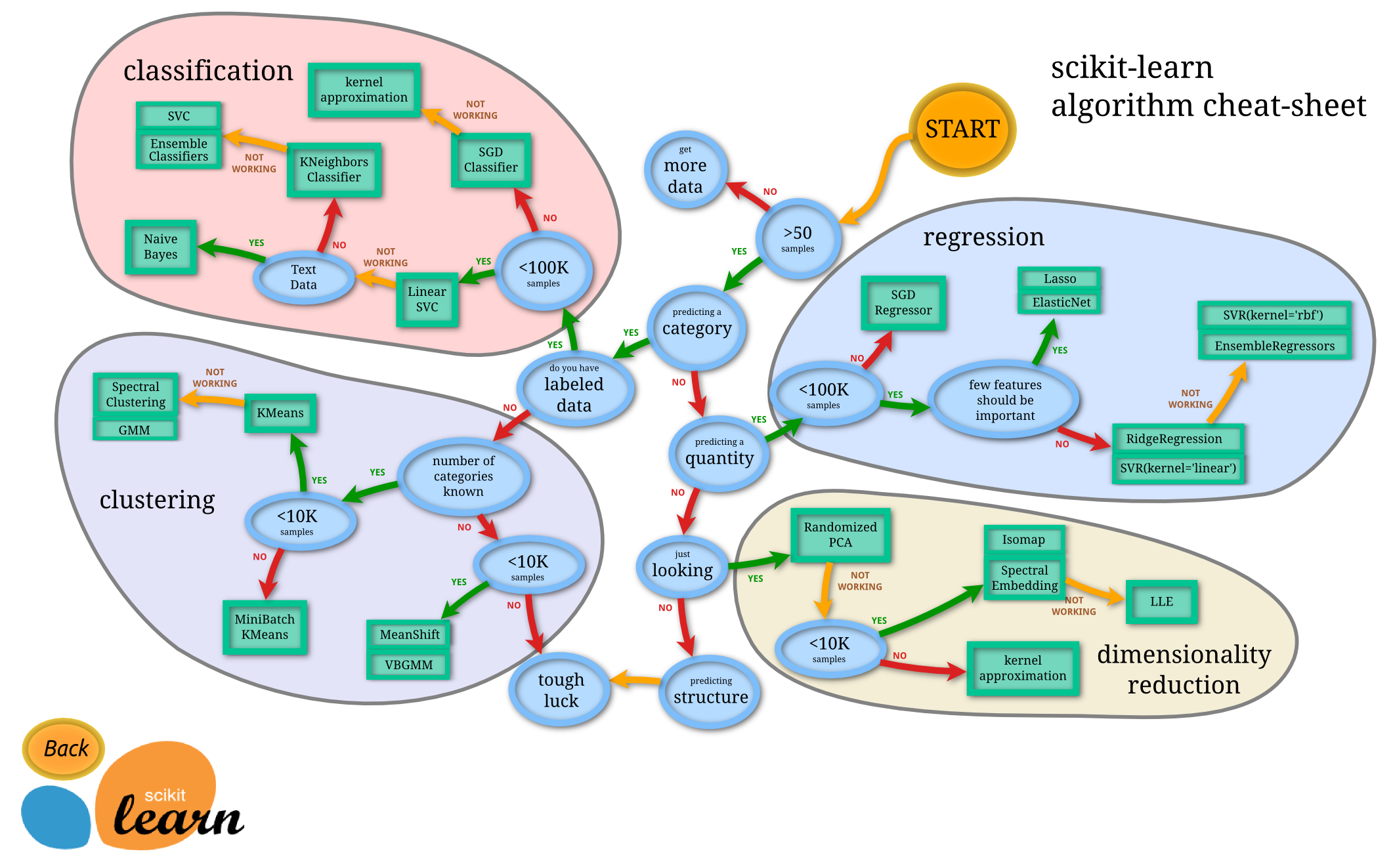- sklearn - Python (1)
- sklearn - Python 代码示例
- sklearn python install - Python (1)
- sklearn 版本 - Python (1)
- 导入 sklearn - Python (1)
- sklearn 导入树 - Python (1)
- sklearn - Shell-Bash (1)
- sklearn python install - Python 代码示例
- 如何更新 sklearn - Python (1)
- sklearn 版本 - Python 代码示例
- 导入 sklearn - Python 代码示例
- sklearn 导入树 - Python 代码示例
- 如何更新 sklearn - Python 代码示例
- sklearn - Shell-Bash 代码示例
- sklearn 文档 (1)
- python 中的 sklearn pip - Shell-Bash (1)
- sklearn 备忘单 - Python (1)
- python 中的 sklearn pip - Shell-Bash 代码示例
- sklearn 备忘单 - Python 代码示例
- 安装 sklearn - Shell-Bash 代码示例
- 更新 sklearn 的语法 - Python (1)
- 什么是 sklearn.base - Python (1)
- 更新 sklearn 的语法 - Python 代码示例
- sklearn 文档 - 任何代码示例
- SkLearn 中的缩放操作 - Python (1)
- 什么是 sklearn.base - Python 代码示例
- knn sklearn - Python (1)
- SkLearn 中的缩放操作 - Python 代码示例
- knn sklearn - Python 代码示例
📅 最后修改于: 2023-12-03 14:43:40.207000 🧑 作者: Mango
KNeighborsRegressor - sklearn - Python

The KNeighborsRegressor is a machine learning algorithm used for regression tasks in Python. It belongs to the sklearn (scikit-learn) library, which provides a wide range of machine learning algorithms and tools.
Introduction
The KNeighborsRegressor algorithm is based on the concept of k-nearest neighbors. It predicts the target variable by finding the k-nearest neighbors in the training dataset and taking the average (or weighted average) of their target values. In other words, it makes predictions based on the similarity of the input data to its k closest neighbors.
Key Features
- Simple yet effective algorithm for regression tasks.
- Non-parametric approach, meaning it makes no assumptions about the underlying distribution of the data.
- Easy to understand and implement.
- Can handle both continuous and categorical input features.
- Supports various distance metrics, including Euclidean, Manhatten, and Minkowski distances.
- Can be used for both single-output and multi-output regression tasks.
Usage
Here is an example of how to use the KNeighborsRegressor algorithm in Python:
from sklearn.neighbors import KNeighborsRegressor
# Create the model
model = KNeighborsRegressor(n_neighbors=5)
# Train the model
model.fit(X_train, y_train)
# Make predictions
y_pred = model.predict(X_test)
In the code snippet above:
X_trainandy_trainare the training data, whereX_trainrepresents the input features andy_trainrepresents the target values.X_testis the test data, used to evaluate the performance of the trained model.n_neighborsis a hyperparameter that determines the number of neighbors to consider. It is set to 5 in this example.
Evaluation
To evaluate the performance of the KNeighborsRegressor model, you can use various evaluation metrics such as mean squared error (MSE), mean absolute error (MAE), or R-squared. Here is an example of calculating the mean squared error:
from sklearn.metrics import mean_squared_error
mse = mean_squared_error(y_test, y_pred)
print("Mean Squared Error:", mse)
Conclusion
The KNeighborsRegressor algorithm is a versatile and easy-to-use tool for regression tasks in Python. By considering the similarities between input data and its neighbors, it can make accurate predictions. The algorithm is widely used in various domains, including finance, healthcare, and marketing.